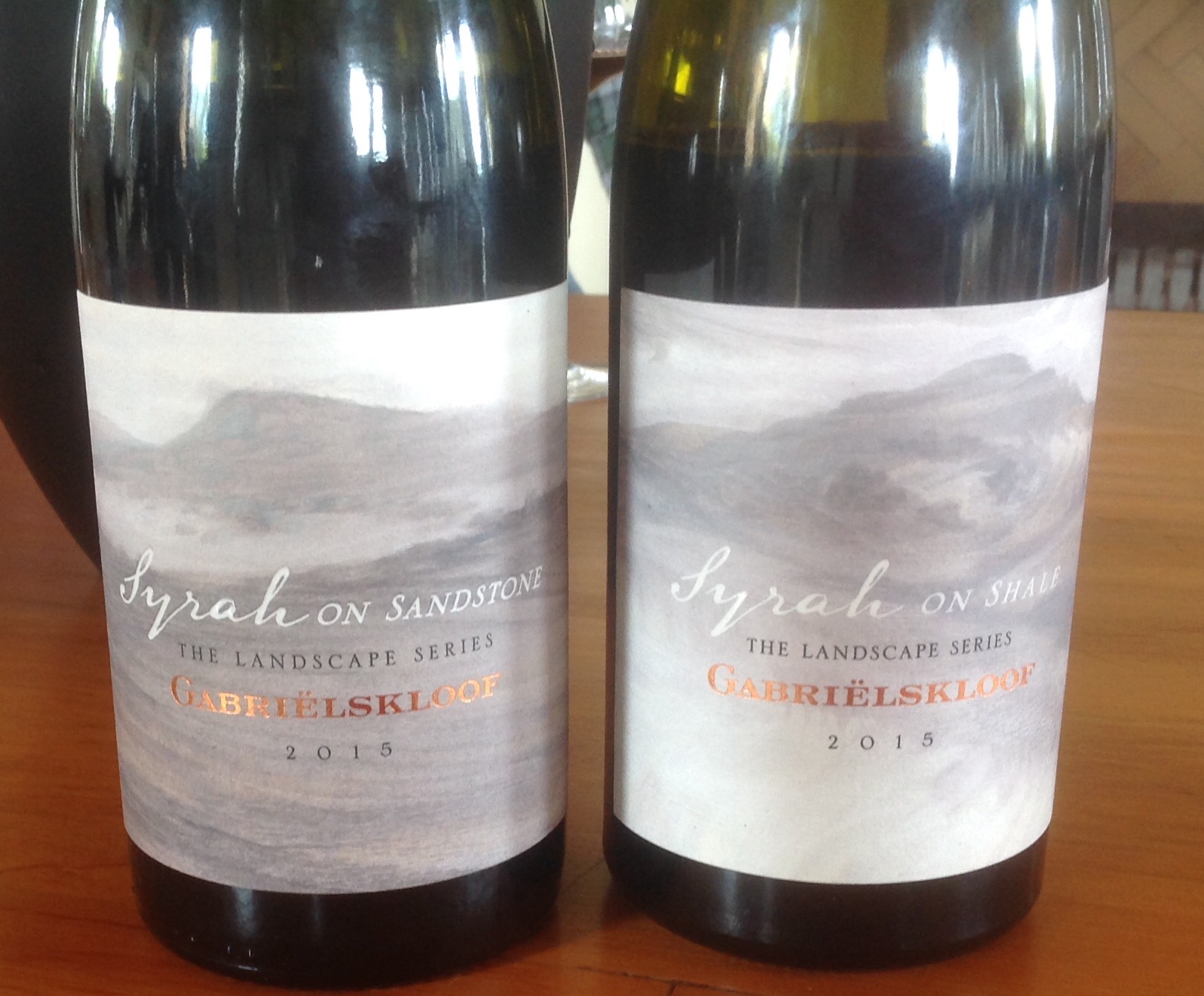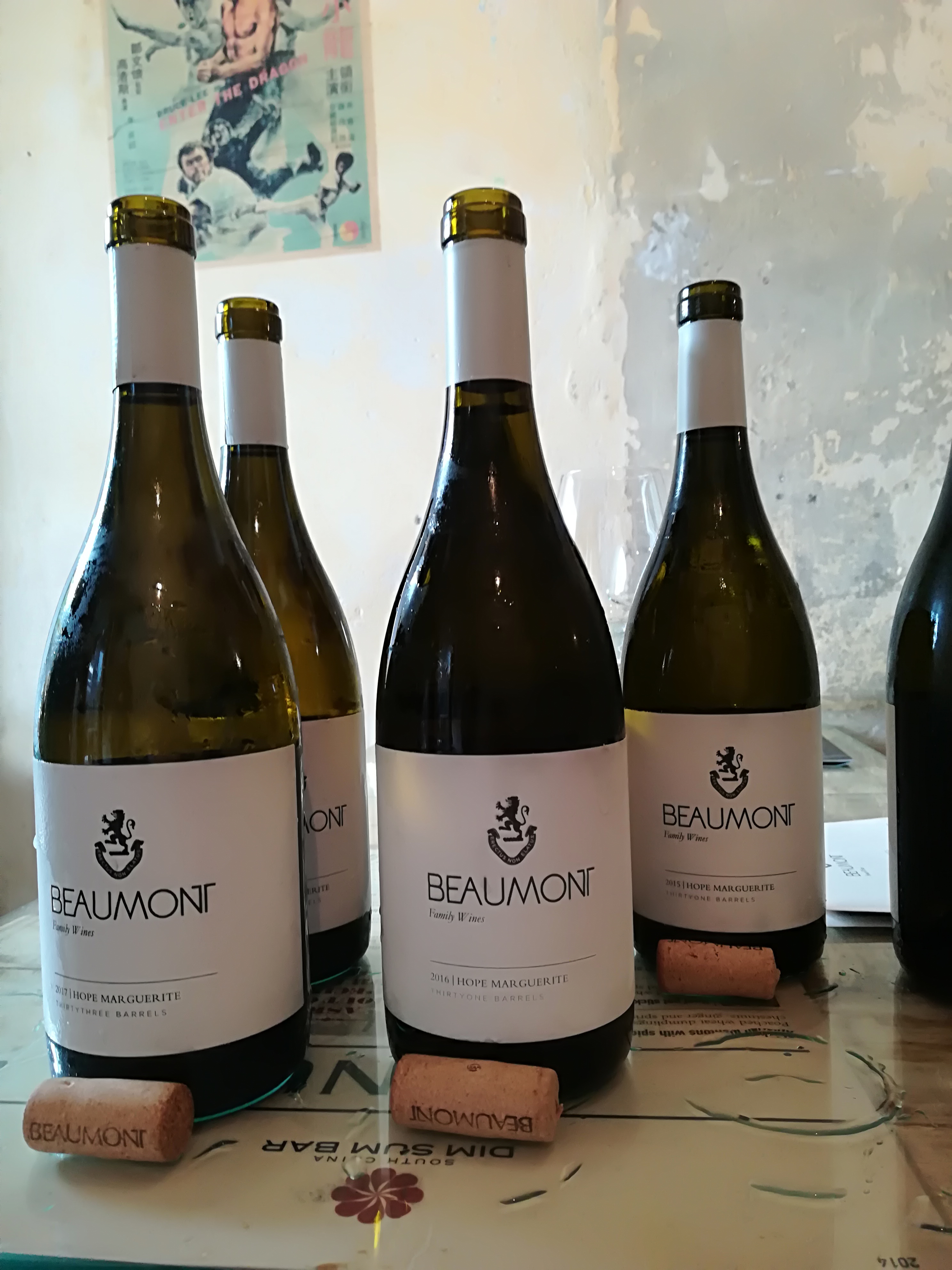Bot River
Winding down the hairpin bends of Houw Hoek Pass towards Caledon, the Bot River wine region is spread out below, stretching up and across the valley to the edge of Walker Bay. Wheatfields dominate the view, with the vines and the wineries, around a dozen of them, scattered within a 10 km radius.
The unusual name, Bot River, derives from Gouga, or abundance of fat, as it was known by the San people. The same word was used for butter, a plentiful commodity thanks to the rich pastures along the river. Merchants traded their wares for butter, or Botter as they named the river. The little town of Bot River at the bottom of the pass reflects the still unspoilt nature of the area.
As a wine region, Bot River’s specific sense of place is defined by its proximity to the sea and the prevailing winds blowing through this exposed valley most of the year. The proximity of the sea and the on-shore breezes effectively moderate the temperature.
Soils are majorly Shale and Table Mountain sandstone. These bear a fruit bowl of grapes, producing the whole spectrum of styles, from Cap Classique to Port styles. Sauvignon blanc and syrah are the most planted, but, according to Beaumont winemaker, Sebastian Beaumont, chenin is bottled by more of the area’s wineries than any other variety.
Generally, these reflect the cooler climate with moderate alcohol, a crunchy freshness and salty note. Some of the best-known and frequently awarded are Wildekrans and Beaumont’s Hope Marguerite, named after Sebastian’s grandmother, both from old vines, and Luddite.
At the more niche end of the varietal spectrum, Bot River was home to the first verdelho on the market from a farm then owned by Portuguese brothers and now known as Archangeli. Marelise Niemann creates a distinctive Bot River blend of chenin and verdelho, sold under her Momento label.
In the red stable, the focus has switched from Bordeaux varieties to those associated with the Rhône; both varietal wines and blends are popular. There might be only 10 hectares of mourvèdre grown in Bot River (of just under South Africa’s 500ha total) but its promising performance is recognised in Beaumont’s Vitruvian blend as well as the varietal bottling. In Niels Verburg’s Luddite Saboteur Red, mourvèdre happily mixes with syrah. Anysbos Tesame, an equal grenache noir, syrah blend, completes the Rhône variety line up.
Syrah goes solo at Gabriëlskloof, where Peter-Allan Finlayson illustrates the effect of the two major soil types in the Landscape Range with Syrah on Shale and Syrah on Sandstone. An interesting discovery on this young farm is how well cabernet franc is performing, enough to encourage further plantings.

Top image: Gabrielskloof Landscape Syrah on Sandstone & Syrah on Shale

Top iamge: Beaumont Hope Marguerite
Generally, the wines from cooler climate Bot River enjoy a freshness, which, with careful winemaking, offer both youthful and mature pleasure. They may be enjoyed at many of the winery restaurants in this naturally beautiful, rural area, a worthwhile and relatively short drive from the hustle and bustle of Cape Town.
- Blog by Angela Lloyd